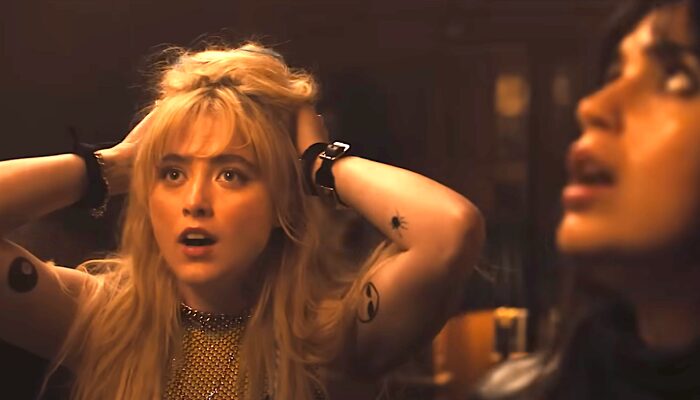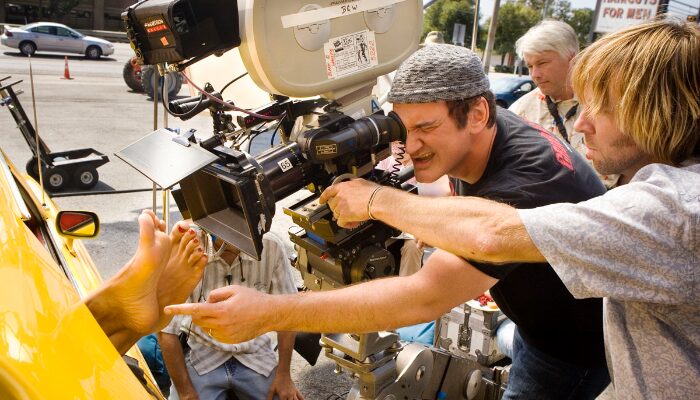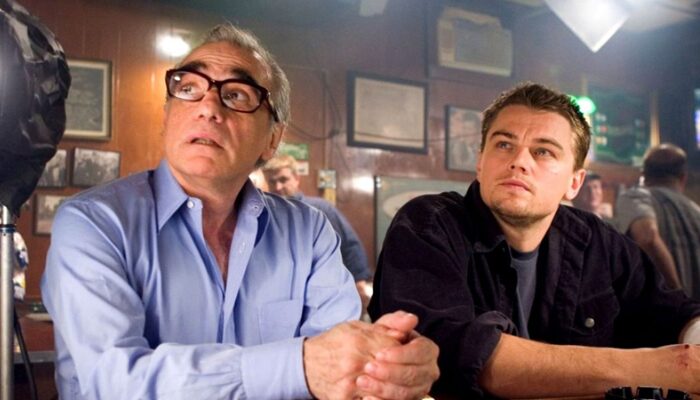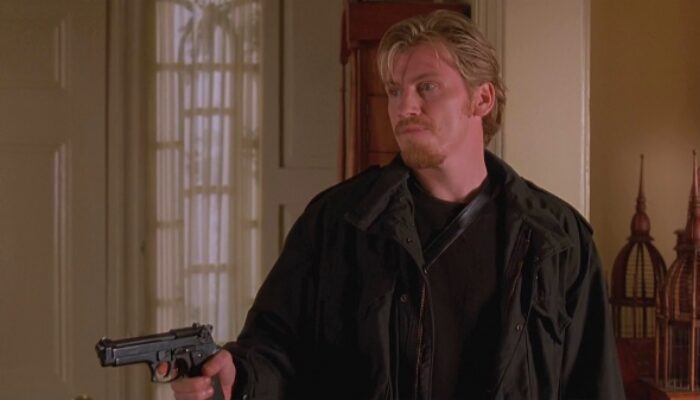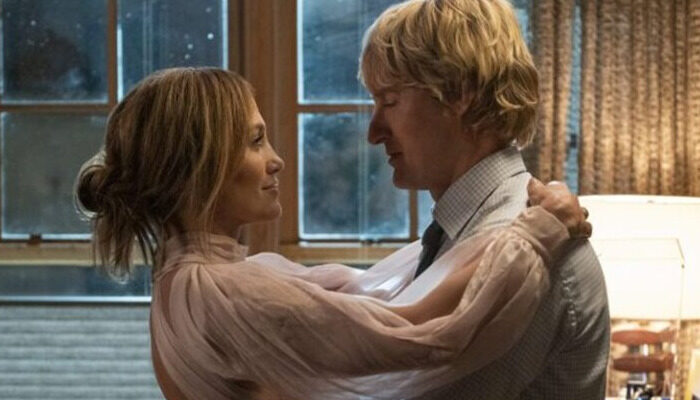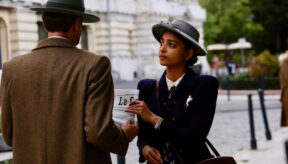Film Review: Factory Girl
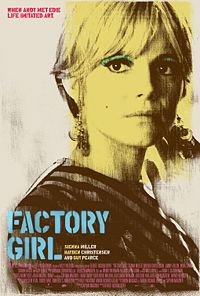
When we first meet Edie, it is the 1960’s and she is a wide eyed art major in college full of aspirations, hopes and dreams. She desperately wants to be a true artist, drops out of Radcliffe and travels to New York City, a place she believes to be the current center of the art world. It is there that she first meets Andy Warhol or rather, Warhol sees her from across the room in an art gallery that is showing his work. After they are introduced, they become fast friends and Sedgwick is soon brought to The Factory, Warhol’s studio where he has gathered around himself a colorful cabal of writers, musicians and fellow artists. Edie becomes more than just a pretty face to Warhol, she represents an idea and that idea begins appearing in Warhol’s work, principally his artistic endeavors into the film industry. Though the films have little to no narrative structure, they become very popular in the underground film landscape of that decade, as does Edie herself.
Edie goes from being just a mere friend and muse of Warhol to a person as iconic as the paintings he creates. Warhol tells Sedgwick’s mother: “I think your daughter is going to be super famous.” Her mother, Alice Sedgwick (Peggy Walton-Walker), replies: “And what would be the value in that Mr. Warhol?” “Oh, well, uh, I think everyone wants to be famous.” “Well, I had much higher hopes for Edith.” Edie soon begins modeling, appearing in both Vogue and LIFE magazine. Though outwardly Sedgwick becomes the new “it” girl of the 60’s when it comes to make-up and fashion, inwardly she is tormented by her and her family’s past. The film itself is framed by the narrative psychiatric sessions of Sedgwick in post-Andy years as she looks back on everything that transpired between them.
Interwoven with these revelations are lighter moments with Warhol that brighten the movie. We are given bits and pieces of his background and personality at his best and most vivacious and snippets of him when he is vengeful and at his worst. Everything begins to go sore between Sedgwick and Warhol when Sedgwick meets and is photographed with Bob Dylan (Hayden Christensen), whose name was changed to Billy Quinn in the film at Dylan’s request. When Warhol sees the news photography and them subsequently together, he feels he has been betrayed, even though Sedgwick and Quinn just met. Like Sedgwick’s older brother, Francis “Minty” Sedgwick, who committed suicide before the events in this film, Warhol is homosexual and has no physical interest in Edie or girls in general. That doesn’t stop him from feeling affection for Sedgwick, as is shown by the quote at the beginning of the film. It also doesn’t stop him from feeling cheated on and deceived when he sees her in an innocent situation with another man.
The third act of Factory Girl revolves around Sedgwick’s descent into drugs, the lose of friends, money, the alienation of her dysfunctional family and most of the things she held dear, in particular, Andy Warhol’s friendship. As I mentioned earlier, though this film contains Warhol, it’s really the story of a blue-blooded heiress caught in the whirlwind of the party scene, glamour and publicity of the 1960s in New York. That publicity, as it recorded Sedgwick’s triumphs when she first emerged onto “the scene”, also catalogues her mistakes and her downfall.
Rating: 8.5/10
If you enjoyed this review, subscribe to our full RSS feed or by e-mail to get informed when we post new ones.
Related Articles
FilmBook's Newsletter
Subscribe to FilmBook’s Daily Newsletter for the latest news!

